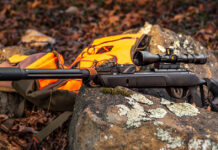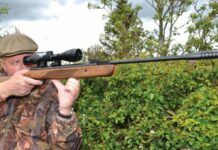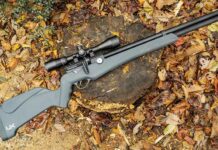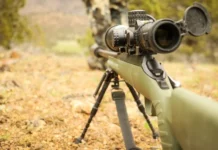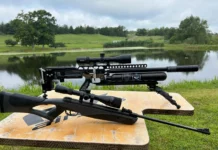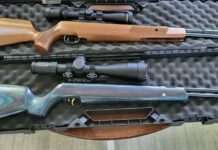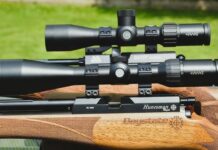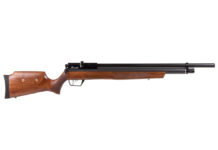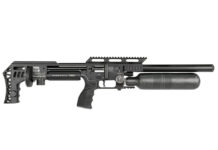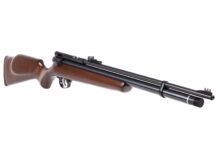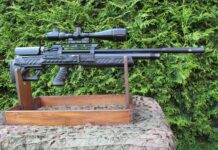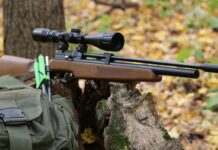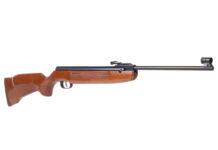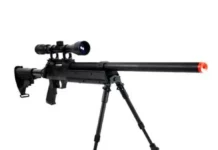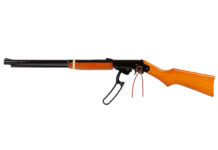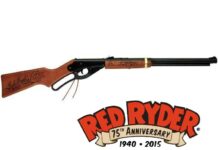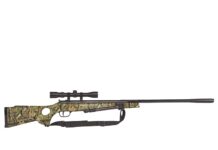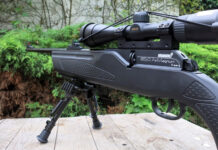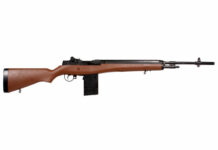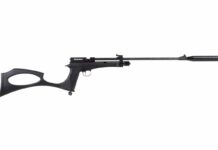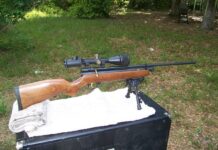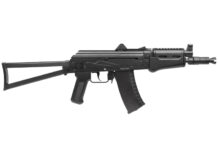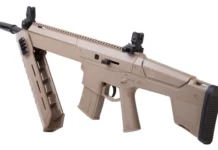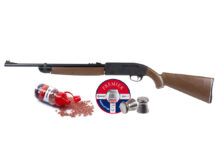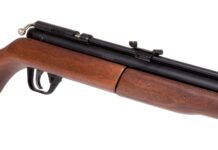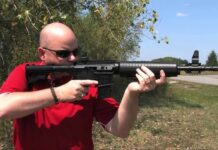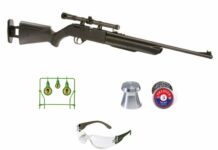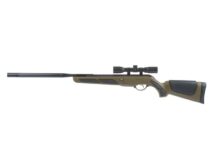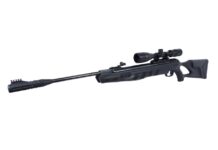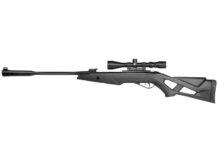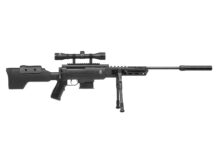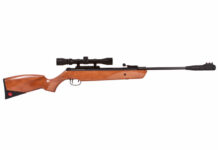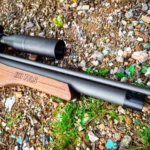What’s the difference between first focal plane vs second focal plane?
A first focal plane reticle enlarges and shrinks as you adjust the magnification while the second focal plane remains the same size.
Why does that matter and which focal plane scope should you choose?
By the end of this article, you’ll fully understand both types of focal planes so you can choose the best rifle scope for your needs.
Let’s get started!
Table of Contents
What is the First Focal Plane?
There are two locations where a reticle can be installed within a rifle scope: the first focal plane (FFP) or the second focal plane (SFP).
With a first focal plane scope, the reticle is physically placed on the “front” of the erector tube assembly and magnification lenses. The first focal plane is furthest from your eye when looking down the sight.
How does that make a difference?
With a First Focal Plane scope, the size of the reticle will appear to grow or shrink as the scope’s magnification is increased or decreased, respectively.

Now that you’ve got the basics, let’s talk about the pros and cons…
First Focal Plane: Pros and Cons
With the first focal plane optics, the reticle size is going to scale up or down with your magnification adjustments.
This means your trajectory markings, or holdover values, are going to remain accurate regardless of what magnification setting you’re on. This is great news if you hate doing math!
But, it comes at a cost…Literally.
The price is often higher by virtue of its more complicated construction. A first focal plane reticle is also typically associated with higher-end scopes.
With first focal plane scopes, the reticle will look small and thin with less power while the reticle will be thicker at higher power.

It can be easy to lose those thin reticle lines, especially against dark backgrounds. Although, some of the best Leupold riflescopes have illuminated reticles for better visibility.
Also, the reticle can cover too much target at the highest setting. If this is a dealbreaker to you, that’s where Second Focal Plane comes into play…
What is the Second Focal Plane?
The most common design is SFP, or a Second Focal Plane scope. It’s also referred to as Rear Focal Plane.
With a second focal plane scope, the reticle is placed behind the magnification lenses on the erector tube assembly.
The second focal plane scope is closer to your eye. Therefore, the reticle stays the same size at any magnification range.

Now, let’s talk about the pros and cons of this…
Second Focal Plane: Pros and Cons
Its lightweight, great resolution, and durability against heavy cartridges make it a popular choice among hunters and law enforcement.
With the second focal plane, your units of measure per each hash mark (MOA or MRAD) represent the same value regardless of your magnification setting.
However, the spacing for holdover in the reticle is only correct at the highest magnification setting. So, it’s not always reliable for variable long-range shooting.
For example:
Let’s look at the Viper HST 4-16×44. This is a second focal plane scope with a magnification range of 4-16x. The Viper HST has hash marks representing 1 MOA but this is only true at its full magnification: 16x.
Of course, you can always do the math in between. But it becomes complicated and confusing and we all know that’s no bueno.
Second focal plane scopes are more commonly seen in the average riflescope and they’re easier to manufacture. That’s why they’re typically less expensive.
First Focal Plane vs. Second Focal Plane for close-range shooting
A second focal plane scope is more suited for close-range hunting and defensive shooting.

Why?
Because you have a strong and easy-to-see reticle even at the lowest magnification. With low-powered optics, like 1-4X optics, this is a highly undervalued feature.
When it comes to a First Focal Plane scope, you can easily lose sight of your marks at low power. This can be a hassle when you need to make adjustments for the wind or distance— especially for older eyes.
Since you’d have to zoom out to get the rest of the marks in the scope’s view, your target shrinks relative to your view. If you’re hunting small game, this can be an inconvenience.
First Focal Plane vs. Second Focal Plane for long-range shooting
First focal plane scopes are best for competitive and long-range precision shooting.
The hash marks represent the same value across all magnification levels. It allows you to use and trust those holdovers at any given point in your magnification.
This is an advantage for spotting impacts and misses for corrections. It’s also very helpful if you need rapid and precise follow-up shots.
Hitting something at longer ranges means getting as much precision as possible. With a second focal plane scope, making those fractional MOA adjustments becomes far more difficult.
Conclusion
The truth is— it’s a matter of preference and intended use. There is no “better” between the two focal planes.
Higher magnification ranges are better in a first focal plane scope. Lower magnification is fine for second focal plane scopes.
If you’re into precision shooting, especially in matches, and you don’t mind the cost: a first focal plane riflescope is great to have.
If you won’t be taking many shots where you need to “hold” for windage or elevation, a second focal plane scope is more than enough. Plus, it won’t necessarily break the bank.
There are other things you need to consider before buying an optic— like choosing the best quick detach scope mounts. At least when it comes to a SFP scope vs a FFP scope, you won’t be scratching your head anymore.
Since we’re on the topic of upgrades, my AR-15 A2 front sight removal guide is up. Go check it out!



